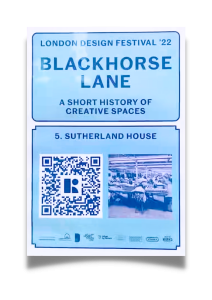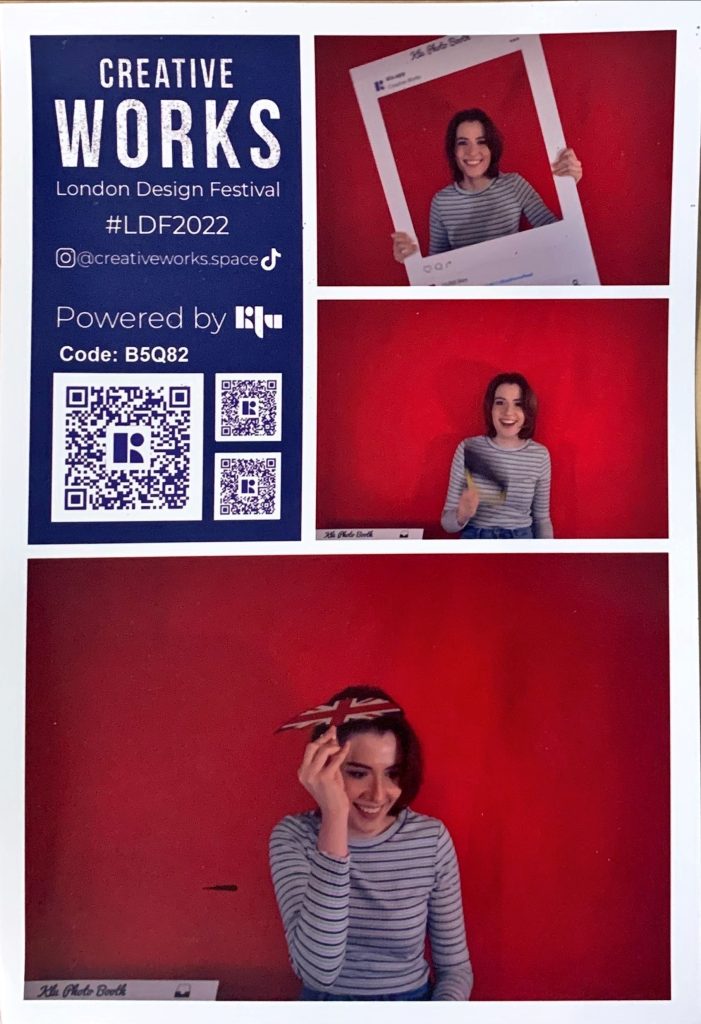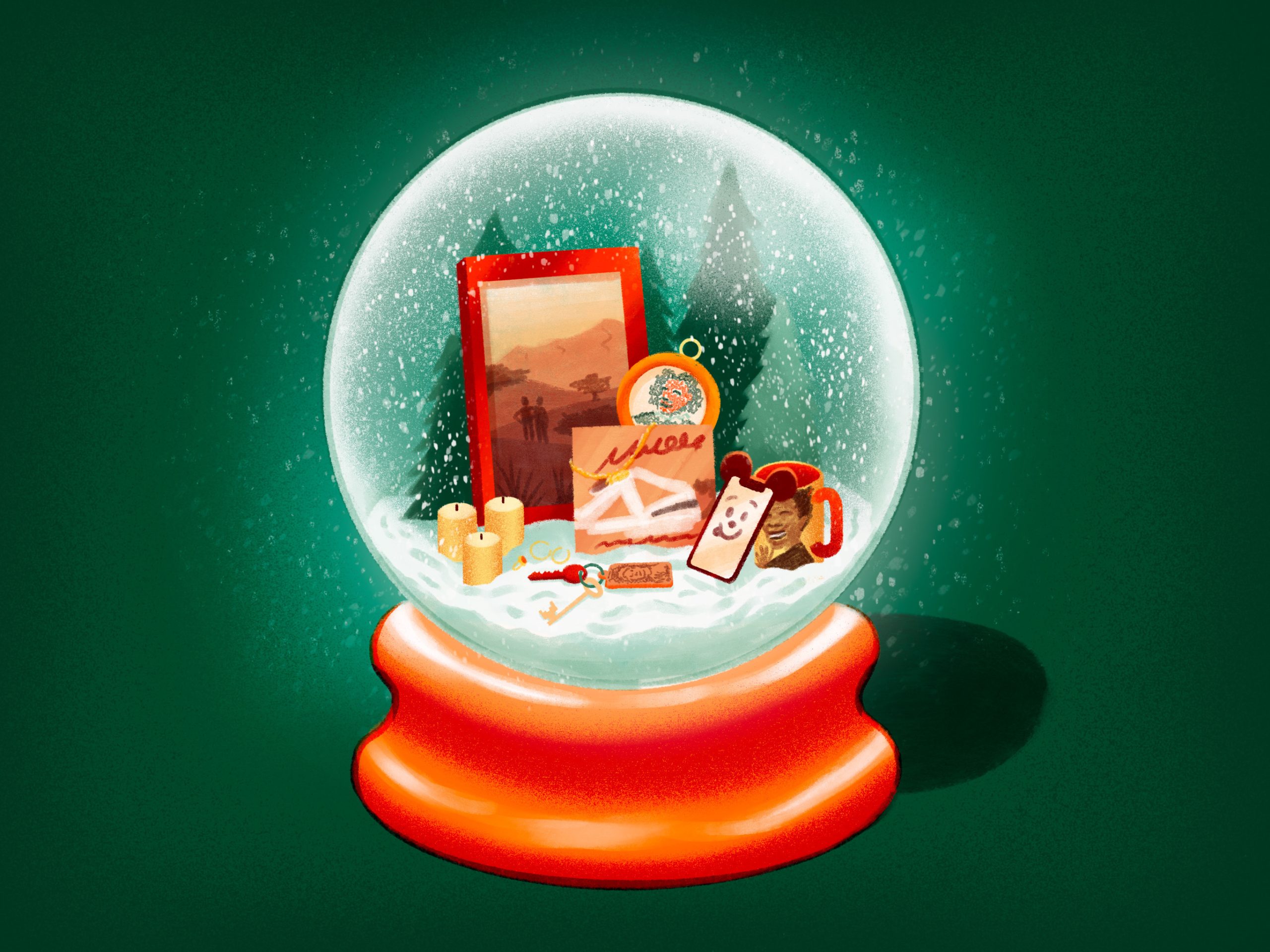In 2022, we collaborated with William Morris Design Line, Urban by Nature, Creative Works and several other co-working spaces within Blackhorse Lane to create installations for London Design Festival (LDF). This case study will showcase the unique ways in which QR Codes from Klu has elevated our exhibits across Blackhorse Lane. By reflecting on our planning, objectives, implementation, and outcomes, this study will highlight the value of Klu as a marketing tool and the lessons we’ve learnt from our experience at London Design Festival.
Table of Contents
Background Information
The concept for our LDF exhibition was for each co-working space to host a mini art installation that would showcase the creatives from their workspace. This meant that our exhibition would be an art trail across Blackhorse Lane. To connect these exhibits into a trail, the theme chosen for our exhibition was: ‘A Short History of Creative Spaces’. Klu would function as a digital gateway, directing the scanner to video content which documents the history and evolution of the creative spaces. Within Creative Works, we created a photobooth that would print attendees images with Klues that granted access to download digital copies.

Objectives
- Showcase the history of co-working spaces and local landmarks with physical and digital installations.
- Demonstrate different use cases for Klu.
Implementation
Objective 1: Discover the History and Identify of Locations in Blackhorse Lane
The Blackhorse Lane Art Trail consisted of 8 locations, 4 of which were co-working spaces which held art exhibitions. The remaining 4 locations were local landmarks that were historically important to Blackhorse Lane’s creative scene.
Each of these locations had a poster with a dedicated Klu that linked to video content about location. These were 2-8 minute videos that featured narration and historical images.


Objective 2: Demonstrate Use Cases for Klu
In addition to the posters, We designed and built a self-service photobooth that would capture 3 photos and attach them to 3 Klues before printing. These Klues served as physical access points to digital downloads of the photograph.
In doing so, the Klu App was updated to accommodate features to allow attendees to privately download their images without the need to install the app.


Outcomes


Conclusion
- QR codes proven to offer long-term engagement opportunities as the content continues to be organically accessed long after London Design Festival.
- Data analytics allows for monitoring Return on Investment of content over time.
- As an ‘Off-the-shelf’ QR code platforms, Klu can be adjusted to adapt to unique use cases. This means we can effectively accelerate the process from prototyping to update release.


